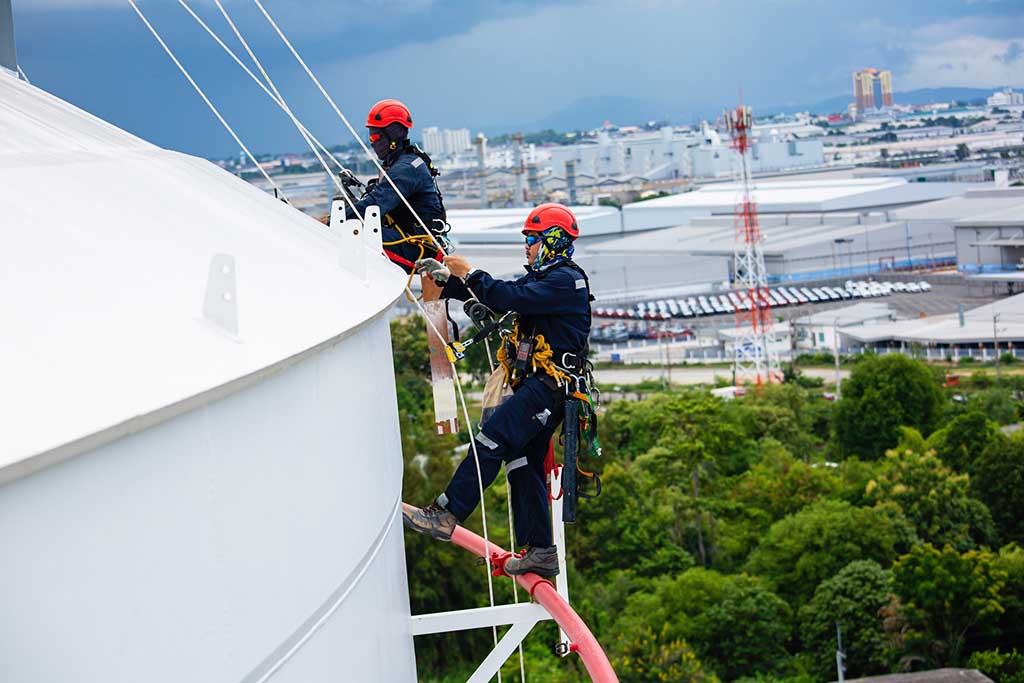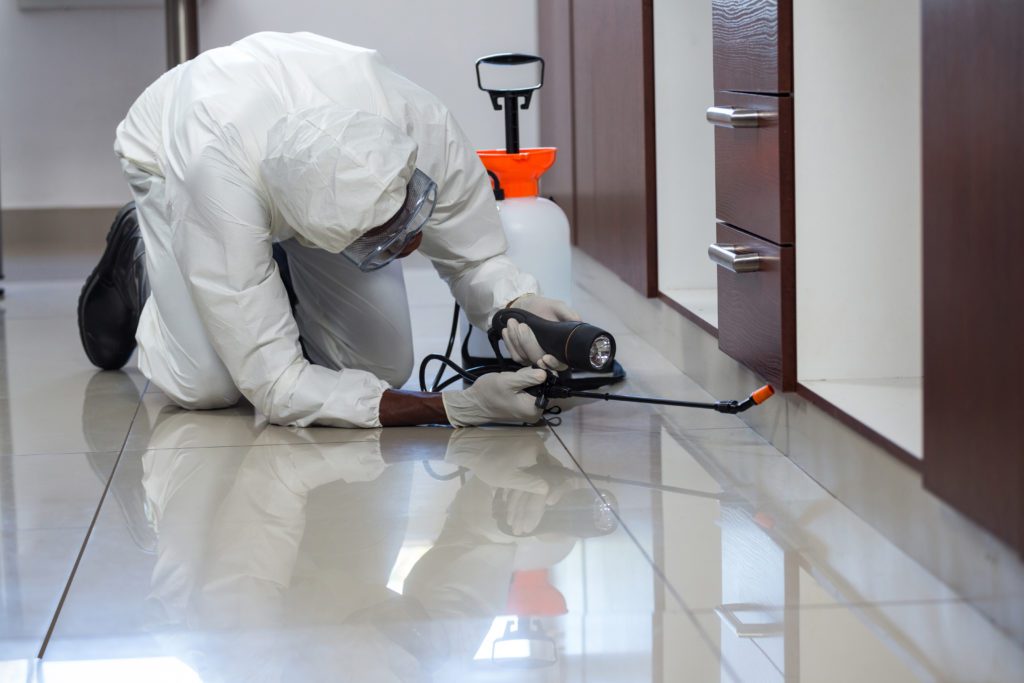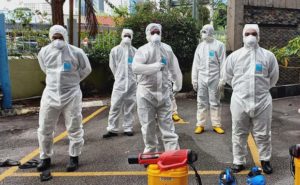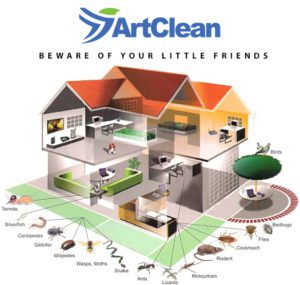Biology and Life Cycle of Cockroaches in General
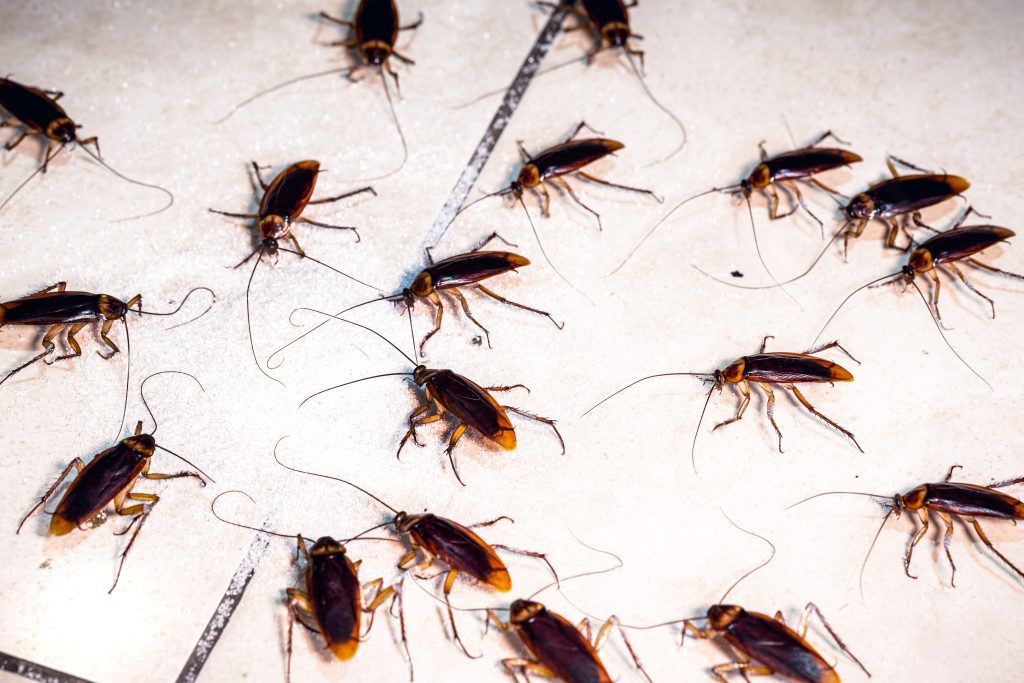
The name “cockroach” is derived from the Spanish word for cockroach, cucaracha, which has been transformed into “cock” and “roach” by English folk etymology.
An ootheca is an egg capsule produced by an adult female cockroach.
During the incubation period, the ootheca will be carried and then dropped until the eggs are ready to hatch.
Cockroaches are white immediately after moulting, but their outer covering darkens as it hardens, usually within hours.
Cockroaches are nocturnal creatures.
They hide in dark, warm places, particularly in small spaces where surfaces touch on both sides.
Immature cockroaches prefer to hide in even smaller cracks where they are safe.
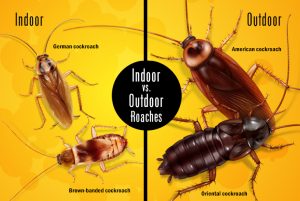
Cockroaches congregate in corners and move along the edges of walls or other surfaces.
They leave chemical trails in their faeces and emit swarming and mating pheromones into the air.
They have broad, flattened bodies with small heads.
They are generalized insects with few special adaptations, and they may be among the most primitive neopteran insects alive today.

Cockroaches endanger human health by transmitting or exacerbating a variety of serious diseases, including food poisoning, asthma, Hepatitis E, and diarrhoea.
- American Cockroach
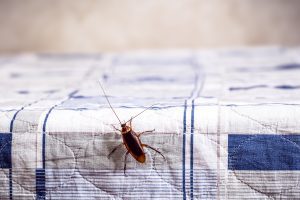
Periplaneta americana, the American cockroach, prefers warm and humid environments with temperatures above 27°C.
Sewers, steam tunnels, and masonry storm drains are also common places to find them.
They occasionally forage from sewers and other areas into buildings’ ground floors.
The egg cases, which are about 3/8 inch long when laid, are brown at first but turn black after 1 to 2 days.
A female and her offspring can produce over 800 cockroaches in a year, with each egg capsule containing about 12 young.
- German cockroach
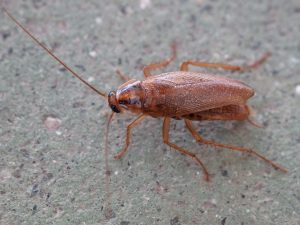
The most common indoor species is the German cockroach, Blattella germanica, which is especially common in multi-family dwellings.
They prefer food preparation areas, kitchens, and bathrooms because they prefer warm (23°C), humid environments with food and water nearby.
This species is the fastest reproducing of the common pest cockroaches, with a single female and her offspring capable of producing over 30,000 individuals in a year.
Each egg case contains approximately 30 young, and a female may lay a new egg case every few weeks.
- Oriental cockroach
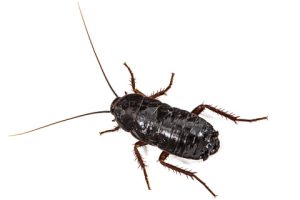
Blatta orientalis, also known as a water bug or black beetle, is a species of oriental cockroach.
It prefers dark, damp environments such as indoor and outdoor drains, water control boxes, woodpiles, basements, garages, trash cans, and damp areas beneath houses.
Oriental cockroaches may enter buildings at night in search of food.
They prefer to stay on the ground floor of buildings and move at a slower pace than the other species.
In one year, each female and her offspring can produce nearly 200 cockroaches.
The transition from newly emerged nymph to adult can take 1 to 2 years or more.
- Brownbanded cockroach
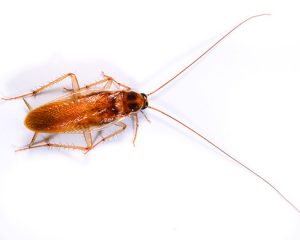
Supella longipalpa, the brownbanded cockroach, is not as common as the German cockroach.
Most of the time, this species seeks out areas that are extremely warm.
Near the warm electrical components of appliances such as radios, televisions, and refrigerators are popular locations.
Brownbanded cockroaches prefer starchy food (e.g., glue on stamps and envelopes), are common in offices and other places where paper is stored, and are more common in non-air conditioned areas.
When disturbed, adult males will occasionally fly, but females will not.
In a single year, each female and her offspring can produce over 600 cockroaches.
You may find us on LinkedIn, YouTube, Twitter, and Facebook if you want to learn more.
Please do not hesitate to contact us if you have any additional questions or recommendations. We look forward to hearing from you!


